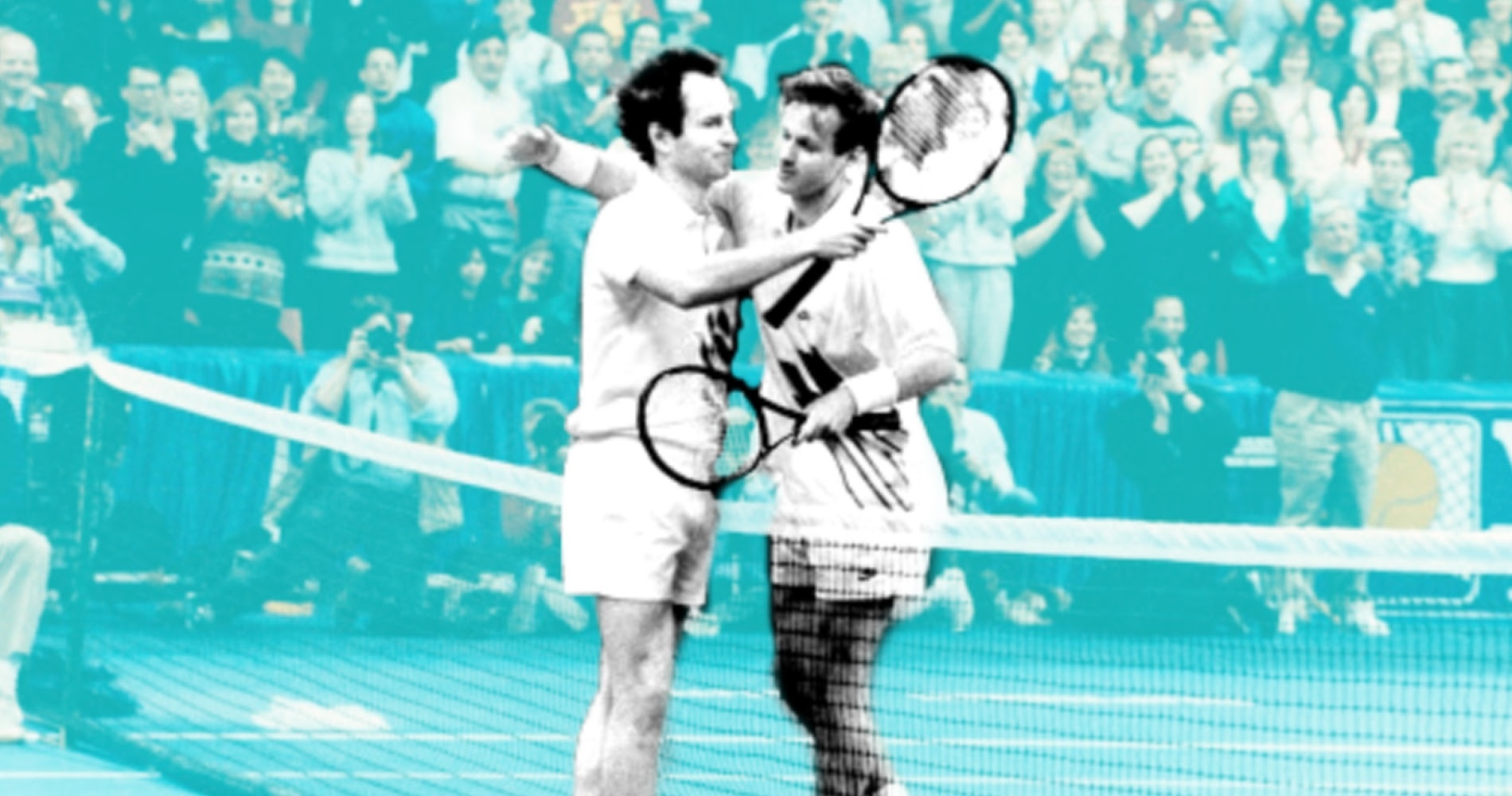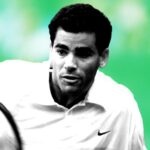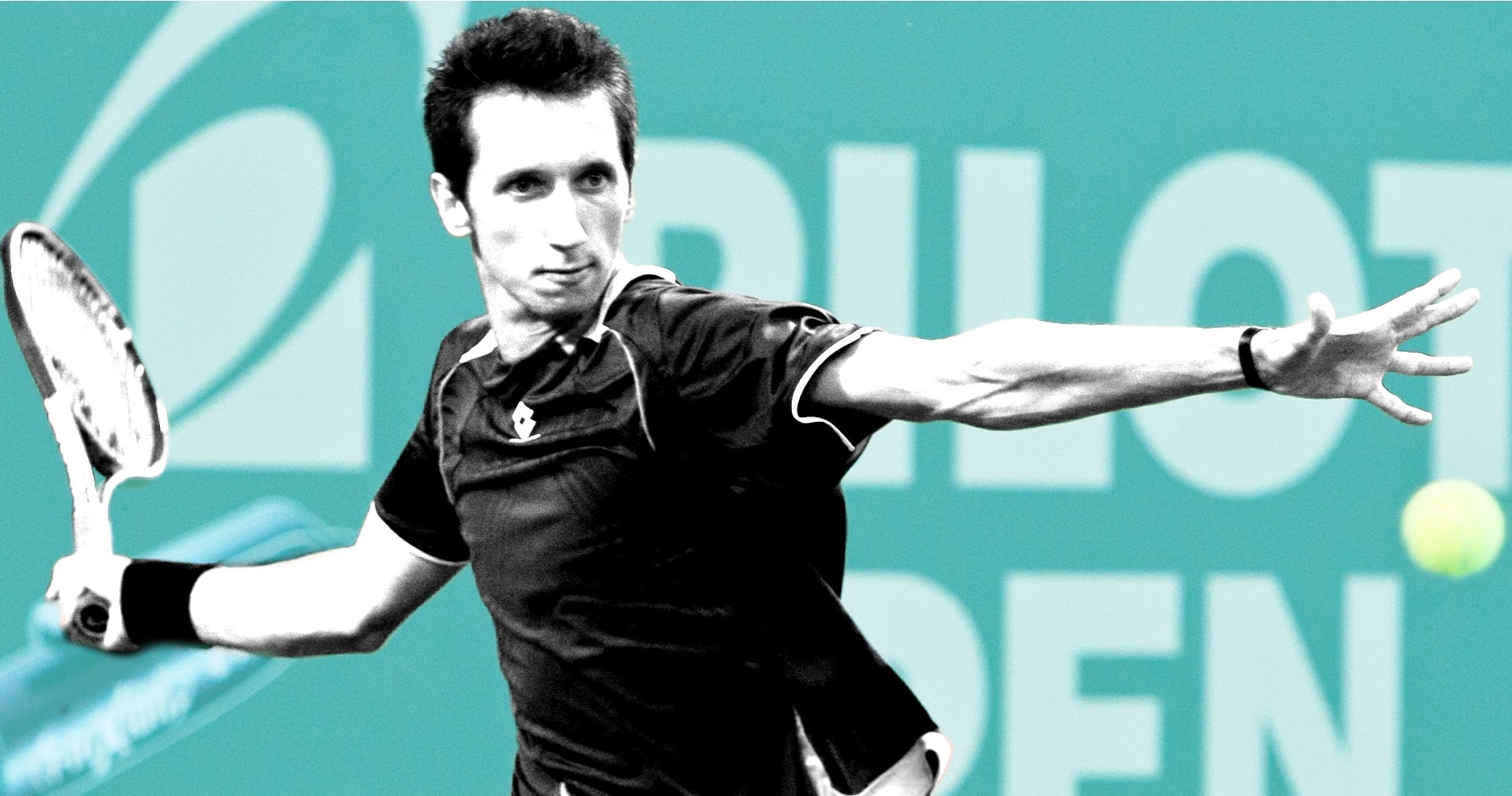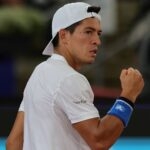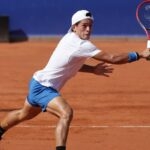March 4, 2006: The day Rafael Nadal ended Roger Federer’s 56-match hard court streak
On this day in tennis history, Rafael Nadal showed he was fully recovered from injury to snap Roger Federer’s win streak on hard courts. Find out how he did it
 On this day, 04.03.2021
On this day, 04.03.2021
What happened exactly: Nadal upends Federer in Dubai
On this day, March 4, 2006, in the final of the Dubai Open, Rafael Nadal, playing only his second tournament after an injury had kept him away from the Tour, defeated Roger Federer (2-6, 6-4, 6-4), putting an end to the Swiss’s 56 win-streak on hard courts. It was also the third time in four encounters that the Spaniard defeated the Maestro, and another warning that he could challenge him on fast surfaces.
The players involved: Rafael Nadal and Roger Federer
- Rafael Nadal, world No 2, rising star
In March 2006, Rafael Nadal was only 19 years old, but witnessing him reaching the final of the Dubai Open was not a surprise, as he was already world No 2. Less than a year before, ranked No 31 in the world, he had made it to the Miami Open final, where he forced world No 1 Roger Federer to a five-set marathon – eventually losing 2-6, 6-7, 7-6, 6-3, 6-1. Later in April, he claimed his first Masters 1000 tournament, in Monte-Carlo, defeating former Roland-Garros runner-up Guillermo Coria (6-3, 6-1, 0-6, 7-6). He remained undefeated on clay afterwards, and these unbelievable results made him the favourite for his first appearance at Roland-Garros. This new pressure did not disturb Nadal, who won the tournament at his first attempt, beating Federer (6-3, 4-6, 6-4, 6-3) in the semi-final and Mariano Puerta in the final (6-7, 6-3, 6-1, 7-5).
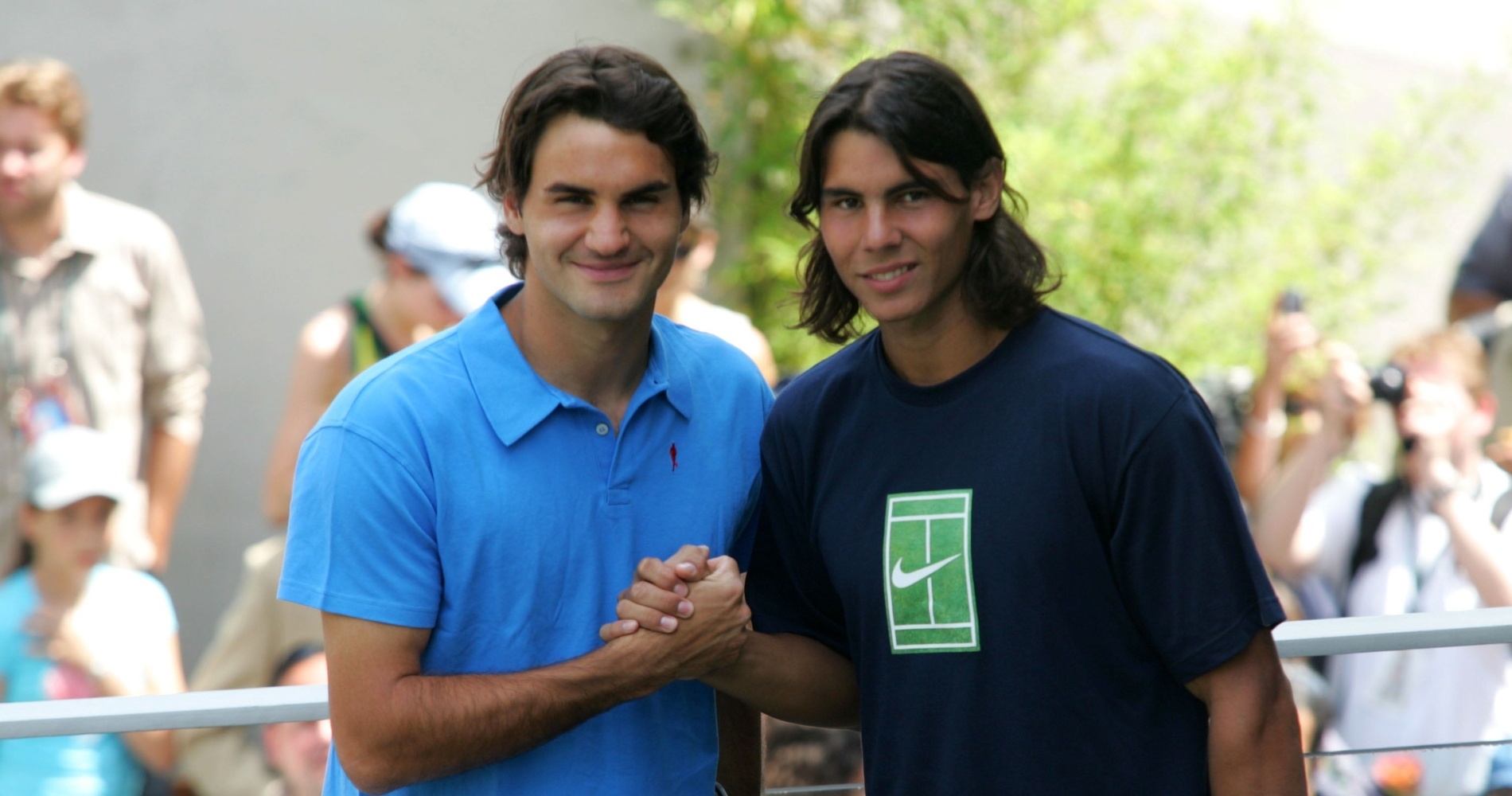
Now No 3 in the world, he did not achieve any remarkable results on grass, and after Wimbledon, he stayed in Europe to play and win two clay-court tournaments. In August, Nadal clinched his first title on hard courts. In the final of the Montreal Masters 1000, he defeated Andre Agassi, 35 years old and still world No 7, in a clash of generations (6-3, 4-6, 6-2). This was a milestone for Nadal, proving to the world of tennis that he could triumph in important events on a surface other than clay. After a disappointing loss against James Blake in the US Open third round (6-4, 4-6, 6-3, 6-1), he triumphed at the Madrid Open, defeating Ivan Ljubicic in the final (3-6, 2-6, 6-3, 6-4, 7-6). A career-threatening foot injury then forced him to put an end to his season, and he didn’t appear on the Tour until the Marseille Open, in February 2006.
- Roger Federer, world No 1, king of hard courts
Roger Federer was born in 1981. After he finished 1998 as world No 1 in juniors, Federer performed well in his first professional matches: in his five first main tour appearances, in 1998-1999, he reached the quarter-finals three times, in Toulouse, Marseille and Rotterdam. His mind-blowing game amazed the world of tennis and soon he was tipped as the future world No 1. The Swiss, very emotional during his first years on the tour, eventually mastered his nerves in 2003, when he claimed his first major title at Wimbledon (defeating Mark Philippoussis in the final, 7-6, 6-2, 7-6). A few months later, after triumphing at the Australian Open (defeating Marat Safin in the final, 7-6, 6-4, 6-3), he became world No 1 on February 2, 2004, and he had held that spot without a break since then. Since 2003, he had won seven Grand Slams : the Australian Open (2004, 2006), Wimbledon (2003, 2004, 2005) and the US Open (2004, 2005). Since he reached the No 1 spot, his records also included 23 ATP titles, including seven Masters 1000 tournaments. Federer had already won the Masters Cup in 2003 and 2004.

The place: Dubai Duty Free Championships
The Dubai Duty Free Championships were established in 1993. Held every winter on hard courts, it soon became a prestigious event, won by some great players from the 1990s such as Goran Ivanisevic (1996) and Thomas Muster (1997). Roger Federer had claimed the title three times in a row (2003-2005).
The facts: Nadal ends Federer’s winning run
When Roger Federer and Rafael faced each other in the final of the 2006 Dubai Open, they were in two different mindsets. The Swiss had recently added a seventh major crown to his list of achievements, and, with an ongoing 56-win streak on hard courts, he was as dominant as he could be. Meanwhile, his younger opponent was only playing his second tournament in 2006, coming back from a career-threatening foot injury.
Although Nadal had defeated Federer at Roland-Garros in 2005, and even though the Spaniard had won their first match on hard court, back in 2004, in Miami, and pushed the No 1 to a five-set combat in 2005, also at the Miami Open, it was still considered that the Swiss remained out of reach on fast surfaces.
This common belief was confirmed in the first set, as a flying Federer played a very aggressive game to leave Nadal clueless and prevail, 6-2. However, the Spaniard was not the kind of player to give in, no matter how talented his opponent was.
“He was playing too well in the first set – very aggressive – I could do nothing,” Nadal explained later, according to The New York Times. “In the second, I told myself just to hold my serve, and try and be aggressive on his serve and hopefully get a break. I also applied more topspin on my forehand. Once I won the second game after being 0-30 down, my confidence also went up.”
Indeed, the left-hander took the second set, 6-4, and took a 2-0 lead in the deciding set. Federer broke back, but the Spaniard finally prevailed, 2-6, 6-4, 6-4). After the match point, Nadal lay on his back and let his emotions go. Sitting on the side of the court before the trophy ceremony, he was even weeping.
“I think it is unbelievable to win against the best player in the world – perhaps the best in the history of the game,” Nadal said.”It was also special because I was out of the game for more than three months. I cried because I was happy.”
“I think Nadal deserved to win because he played so consistent,” Federer said. “I started off really well, but sprayed a little toward the end. But I am very happy with my game right now. And hopefully I will pay him back soon.”
What next: Nadal dominates clay; Federer gains revenge at Wimbledon
Roger Federer would have to wait until Wimbledon to be able to pay back Nadal. During the clay-court season, the Spaniard would beat the Swiss in the final in Monte-Carlo, Rome and Roland-Garros (1-6, 6-1, 6-4, 7-6). At the All England Club, Nadal would surprise most of the pundits by reaching the final, but in his own garden, Federer would outclass him (6-0, 7-6, 6-7, 6-3). In the years to come, Nadal would be Federer’s nemesis, defeating in three other Roland-Garros finals (2007, 2009, 2011), and even in the famous 2008 Wimbledon final.
